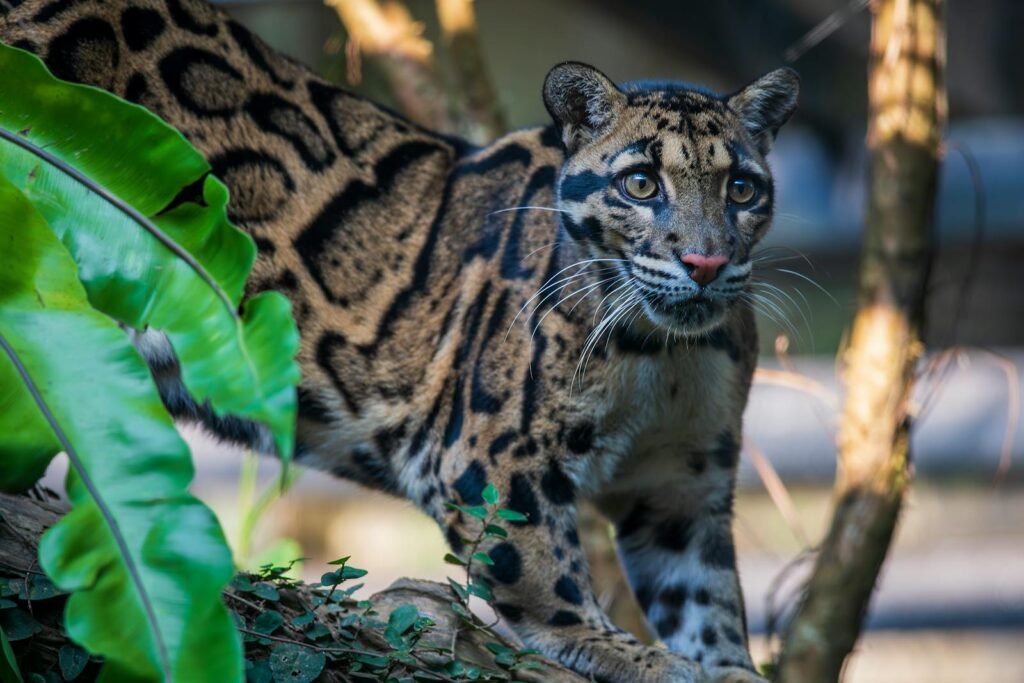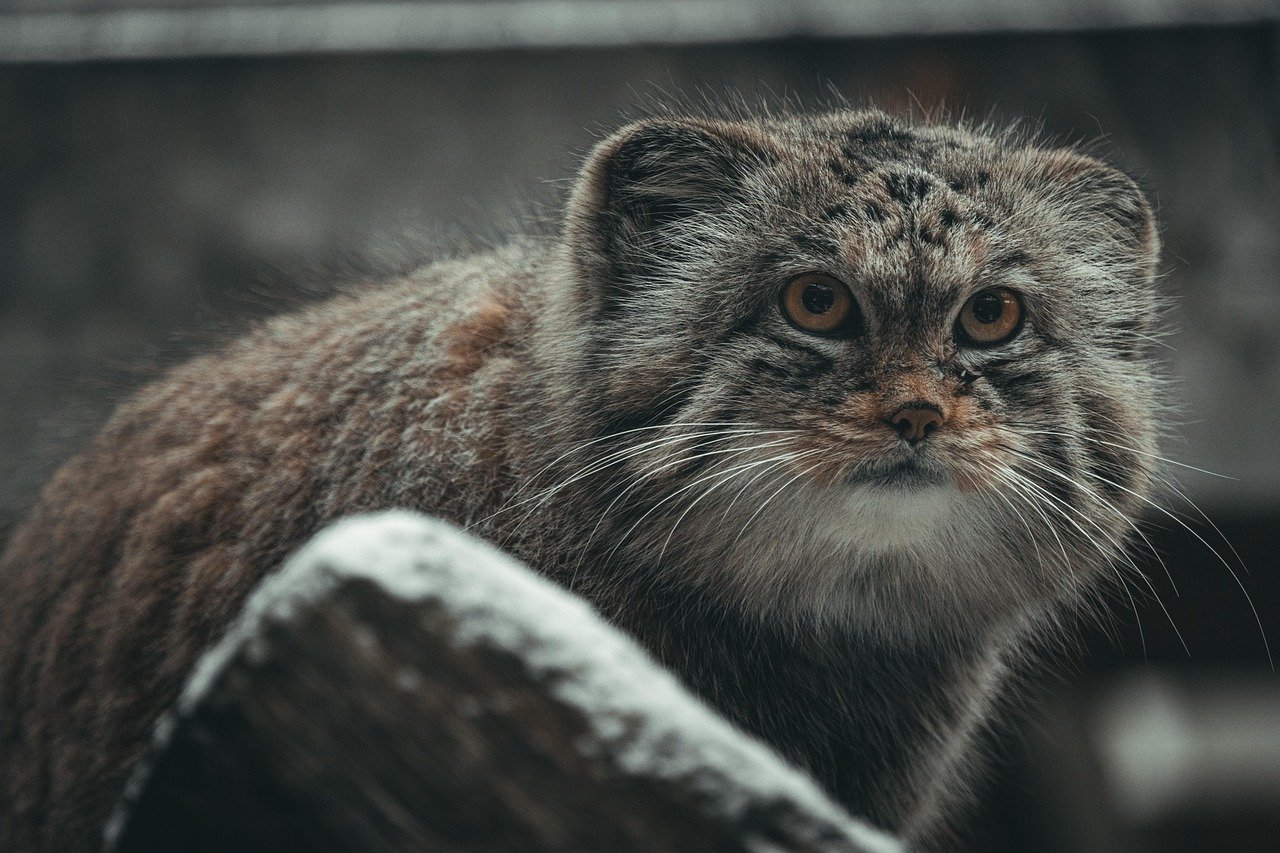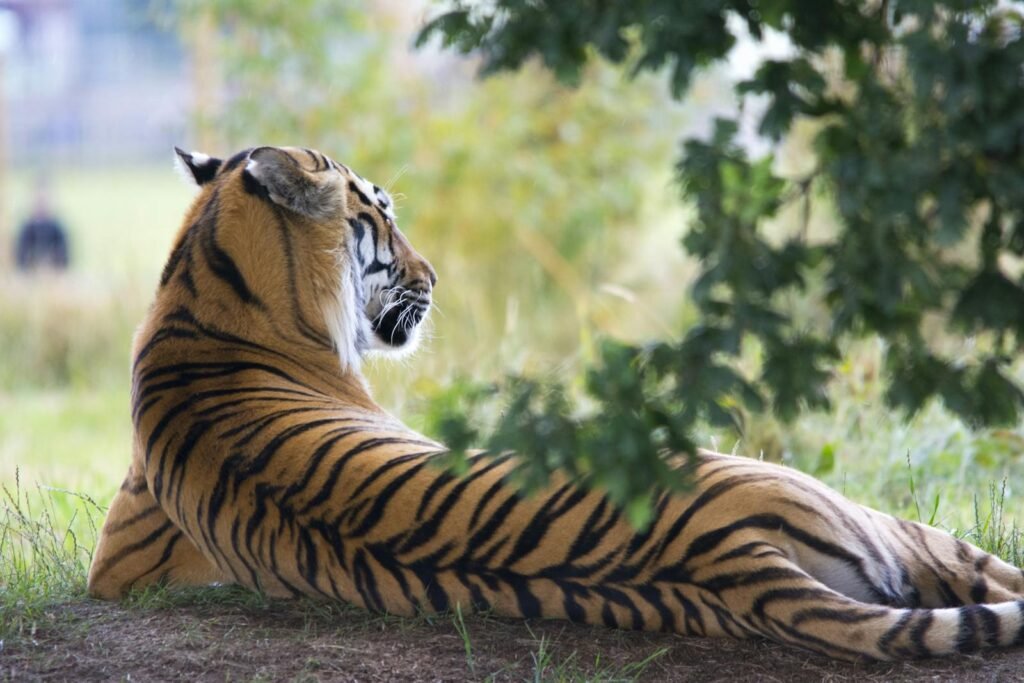The world of big cats is often associated with the majestic roar of a lion or the silent glide of a tiger. However, not all big cats are as large as we might imagine. Some species are surprisingly small, yet they possess the charisma and characteristics that make them fascinating members of the feline family. Let’s dive into the world of these undersized giants and discover five big cat species that are smaller than you might expect.
1. The Elusive Clouded Leopard

The clouded leopard, native to Southeast Asia, is a master of camouflage and stealth. Despite its name, this feline is much smaller than the typical leopard. Weighing between 25 to 50 pounds, the clouded leopard is about the size of a medium dog. Its body is compact, but what it lacks in size, it makes up for in agility. The clouded leopard is an exceptional climber, capable of hanging upside down from branches thanks to its strong legs and large paws. Its cloud-like spots provide excellent concealment in the dense forests it inhabits. This cat is a reminder that size does not determine one’s ability to navigate the wild.
2. The Agile Caracal

The caracal, with its striking tufted ears, is often mistaken for a large cat due to its elegant build. However, this feline is relatively small, weighing between 20 to 40 pounds. Found in Africa, the Middle East, and Central Asia, the caracal is a highly adaptable predator. Its name is derived from the Turkish word “karakulak,” meaning “black ear,” referencing its distinctive ear tufts. These tufts are believed to aid in communication and detecting prey. The caracal’s powerful hind legs allow it to leap up to 10 feet in the air, making it an exceptional hunter of birds. Despite its modest size, the caracal’s prowess is undeniable.
3. The Secretive Serval

The serval is a slender, long-legged feline known for its impressive hunting skills. Native to the African savannas, this cat weighs between 20 to 40 pounds. Its large ears are not just for show; they provide keen hearing to locate prey hidden in tall grasses. The serval’s coat is adorned with bold black spots and stripes, which offer both beauty and effective camouflage. Unlike some of its larger relatives, the serval prefers solitary life, stalking its prey with precision. Its ability to jump great heights and cover long distances with ease makes the serval a formidable hunter, despite its smaller size.
4. The Charming Pallas’s Cat

Pallas’s cat, also known as the manul, is a unique and lesser-known big cat species found in the grasslands and steppes of Central Asia. This fluffy feline weighs around 5 to 10 pounds, making it one of the smallest members of the big cat family. Its dense fur and stocky build give it the appearance of a much larger animal. Pallas’s cat has a distinctive flat face and short legs, features that contribute to its charm. It thrives in cold, arid environments, where its thick coat provides insulation against harsh weather. While it might not have the size of a typical big cat, Pallas’s cat has a captivating presence that endears it to those who learn about it.
5. The Unique Margay

The margay is a small, nocturnal cat native to the rainforests of Central and South America. Weighing between 5 to 8 pounds, it is often mistaken for its larger cousin, the ocelot. However, the margay is distinguished by its remarkable agility and arboreal lifestyle. This feline is one of the few that can rotate its ankles, allowing it to climb headfirst down trees. Its large eyes and supple body enable it to hunt efficiently in the dense forest canopy. The margay’s spotted coat provides excellent camouflage, making it a stealthy and efficient predator. Its small stature belies its impressive capabilities as a hunter and climber.
Each of these remarkable species showcases that big cats come in all sizes, and even the smaller members of this family possess traits that make them awe-inspiring. From the clouded leopard’s climbing skills to the margay’s arboreal prowess, these cats remind us that nature’s wonders often come in unexpected packages.

Linnea is a born and bred Swede but spends as much time as possible in Cape Town, South Africa. This is mainly due to Cape Town’s extraordinary scenery, wildlife, and atmosphere (in other words, because Cape Town is heaven on earth.) That being said, Sweden’s majestic forests forever hold a special place in her heart. Linnea spends as much time as she can close to the ocean collecting sea shells or in the park admiring puppies.






